Optimizing Your Health Through Food Intolerance Testing: A Step-by-Step Guide

Food intolerance tests are designed to help individuals identify specific foods that cause adverse reactions in their bodies. Unlike food allergies, which trigger immediate and potentially severe immune responses, food intolerances lead to symptoms that can develop gradually and are generally not life-threatening. These symptoms might include digestive issues, headaches, or skin problems, among others. Understanding the types of food intolerance tests available can help you choose the right one for your needs.
Types of Food Intolerance Tests
Elimination Diet:
How it Works: The elimination diet is a methodical process where you remove certain foods from your diet for a period, usually between 2 to 4 weeks. During this time, you avoid foods that you suspect might be causing issues. After the elimination phase, you gradually reintroduce these foods one at a time and monitor your body's reactions. This helps identify which foods are problematic.
Effectiveness: The elimination diet is considered the gold standard for identifying food intolerances. It is highly reliable because it directly observes how your body reacts to specific foods. However, it requires significant commitment and patience, as it involves strict dietary control and careful monitoring of symptoms.
Blood Tests:
IgG Tests: These tests measure the levels of Immunoglobulin G (IgG) antibodies in your blood in response to specific foods. The idea is that higher levels of IgG antibodies might indicate a sensitivity to those foods.
Advantages: Blood tests are non-invasive and relatively easy to administer. They require just a small blood sample, which can be analyzed in a lab to identify potential food sensitivities.
Disadvantages: The accuracy and reliability of IgG tests are controversial. Many in the medical community argue that IgG antibodies might simply indicate that you have been exposed to certain foods rather than that you are intolerant to them. As a result, these tests might not be as reliable as other methods.
Hydrogen Breath Tests:
For Lactose Intolerance: This test measures the amount of hydrogen in your breath after consuming a lactose-containing beverage. Normally, only a small amount of hydrogen is present in the breath. However, if you are lactose intolerant, undigested lactose in the colon ferments and produces hydrogen, which is absorbed into the bloodstream and exhaled in the breath.
For Fructose Intolerance: The test works similarly for fructose intolerance. After consuming a fructose-containing solution, elevated hydrogen levels in the breath indicate poor absorption of fructose.
Effectiveness: Hydrogen breath tests are generally considered reliable and are widely used to diagnose specific intolerances like lactose and fructose intolerance. They provide clear and measurable results that can confirm an intolerance to these sugars.
Skin Prick Tests:
Purpose: Skin prick tests are primarily used to diagnose allergies rather than intolerances. During the test, small amounts of potential allergens are applied to the skin, usually on the forearm or back, and the skin is then pricked to allow the substances to enter the skin. If you are allergic to a substance, you will develop a small, raised bump at the test site.
Effectiveness: While skin prick tests are effective for identifying allergies, they are not suitable for diagnosing food intolerances. Allergies involve an immediate immune response, whereas intolerances do not. Thus, skin prick tests are not helpful for people trying to identify food intolerances.
Stool Tests:
Microbiome Analysis: This type of test examines the bacteria present in your gut. The gut microbiome plays a crucial role in digestion and overall health, and imbalances in the types or quantities of bacteria can contribute to food intolerances.
Effectiveness: Microbiome analysis is an emerging field with promising potential. By analyzing the composition of your gut bacteria, these tests can provide insights into imbalances that might be causing or contributing to food intolerances. However, more research is needed to establish clear connections and guidelines for interpreting these results.
Choosing the Right Test
Selecting the appropriate food intolerance test can be difficult. Consider the following factors to aid in making an educated choice:
Consult a Healthcare Provider: Always seek advice from a healthcare professional before undergoing any test. They can help guide you to the most appropriate test based on your symptoms and medical history. A healthcare provider can also help interpret the results and suggest a course of action.
Consider Symptoms: Take note of the specific symptoms you are experiencing and their timing in relation to food intake. This information can help narrow down the potential culprits and guide the choice of test. For example, if you experience digestive issues after consuming dairy products, a hydrogen breath test for lactose intolerance might be appropriate.
Cost and Convenience: Some tests can be expensive and may not be covered by insurance. Consider what fits best with your budget and lifestyle. Elimination diets, while effective, require time and dedication. Blood tests and breath tests might be more convenient but come with their own limitations.
Frequently Asked Questions:
Q.1. What is a food intolerance test?
ANS. A food intolerance test helps identify foods that cause adverse reactions in your body. These reactions are not as immediate or severe as food allergies and usually involve digestive issues, headaches, or skin problems.
Q.2. How to Determine If You Need a Food Intolerance Test?
ANS. If you experience recurring symptoms like bloating, diarrhea, headaches, or skin rashes after eating certain foods, you might benefit from a food intolerance test. Consulting a healthcare provider can help determine if testing is appropriate for you.
Q.3. Are blood tests for food intolerances reliable?
ANS. Blood tests, specifically IgG tests, are controversial. Some experts believe they indicate exposure to foods rather than intolerance. While they are easy to administer, their accuracy and reliability are debated.
Q.4. How long does an elimination diet take?
ANS. An elimination diet typically takes between 4 to 8 weeks. This includes 2 to 4 weeks of eliminating suspected foods and another 2 to 4 weeks of gradually reintroducing them while monitoring symptoms.
Q.5. Can food intolerances go away over time?
ANS. Yes, food intolerances can sometimes improve or resolve over time, especially if the problematic foods are avoided and the gut is given time to heal. However, this varies from person to person and depends on the specific intolerance.
Conclusion
Food intolerance tests come in various forms, each with its own advantages and disadvantages. The elimination diet is highly reliable but requires significant effort and patience. Hydrogen breath tests are effective for diagnosing specific intolerances like lactose and fructose intolerance. Blood tests (IgG) and stool tests offer insights but are still subjects of ongoing research and debate within the medical community.


 - What Is It, Cost, Symptoms, And How Does It Work.jpg)

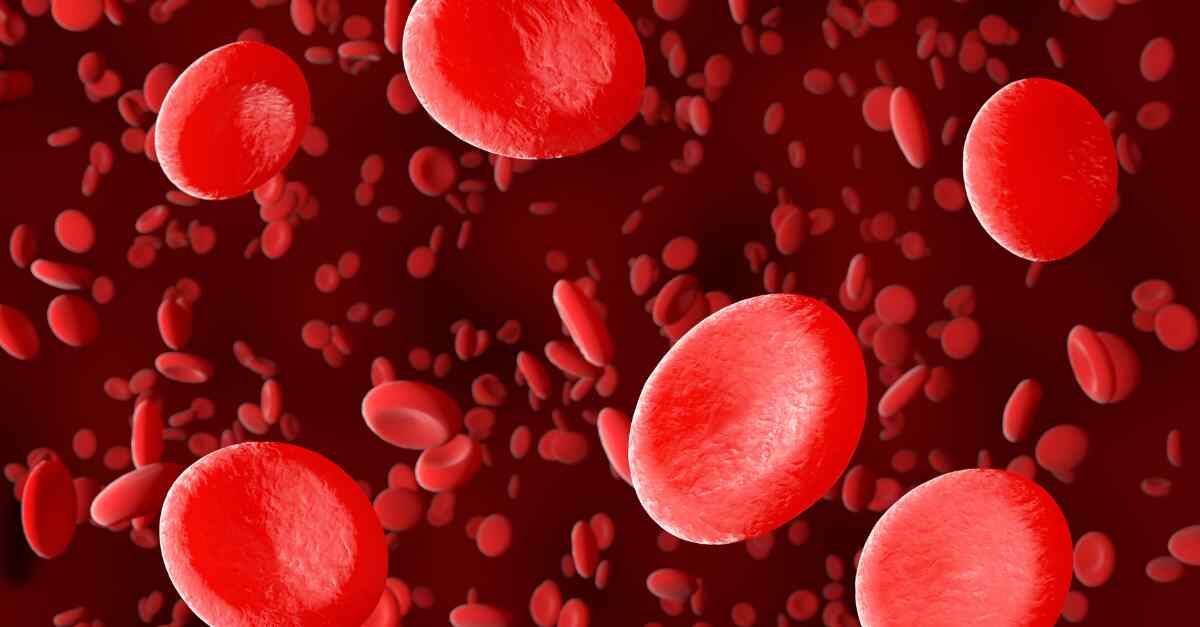
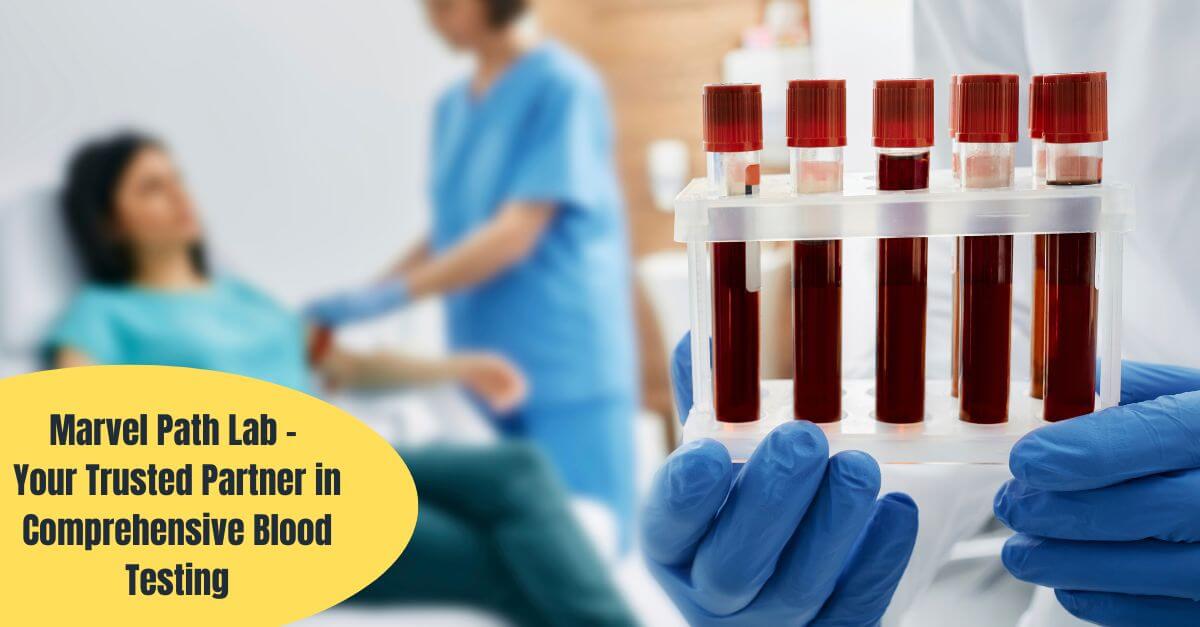
.jpg)

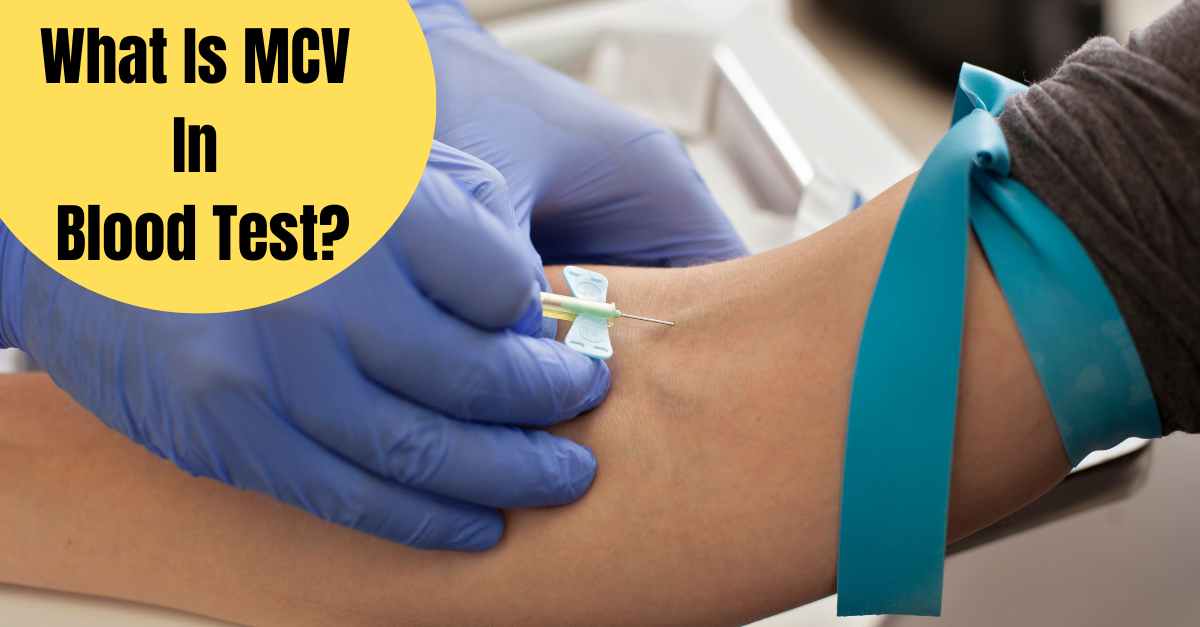
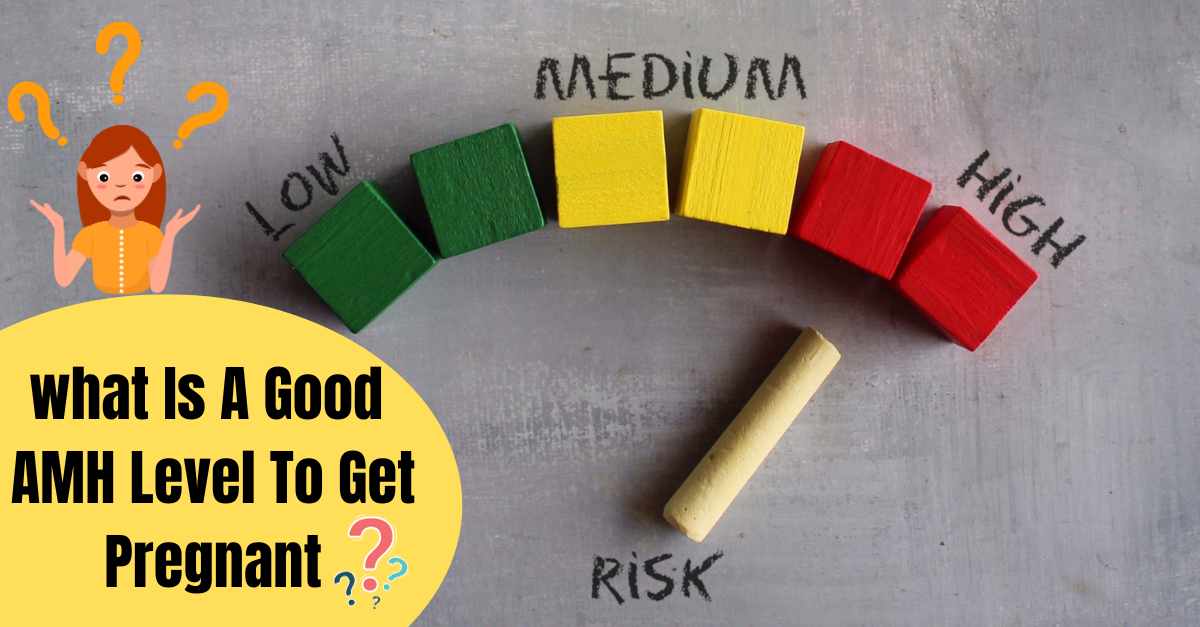
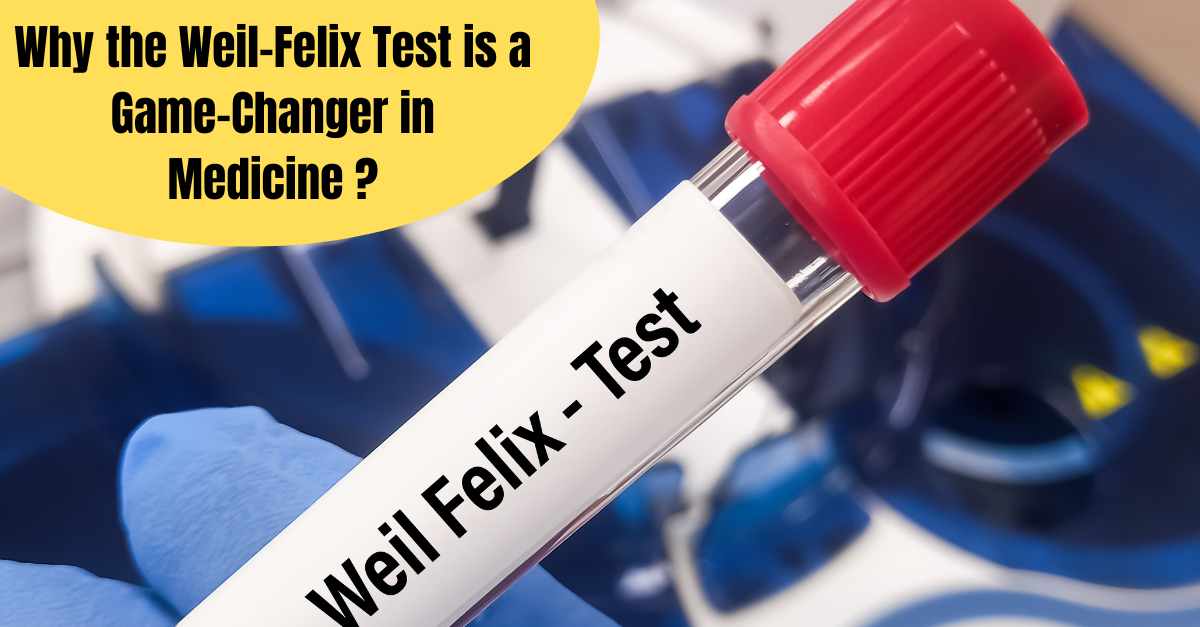

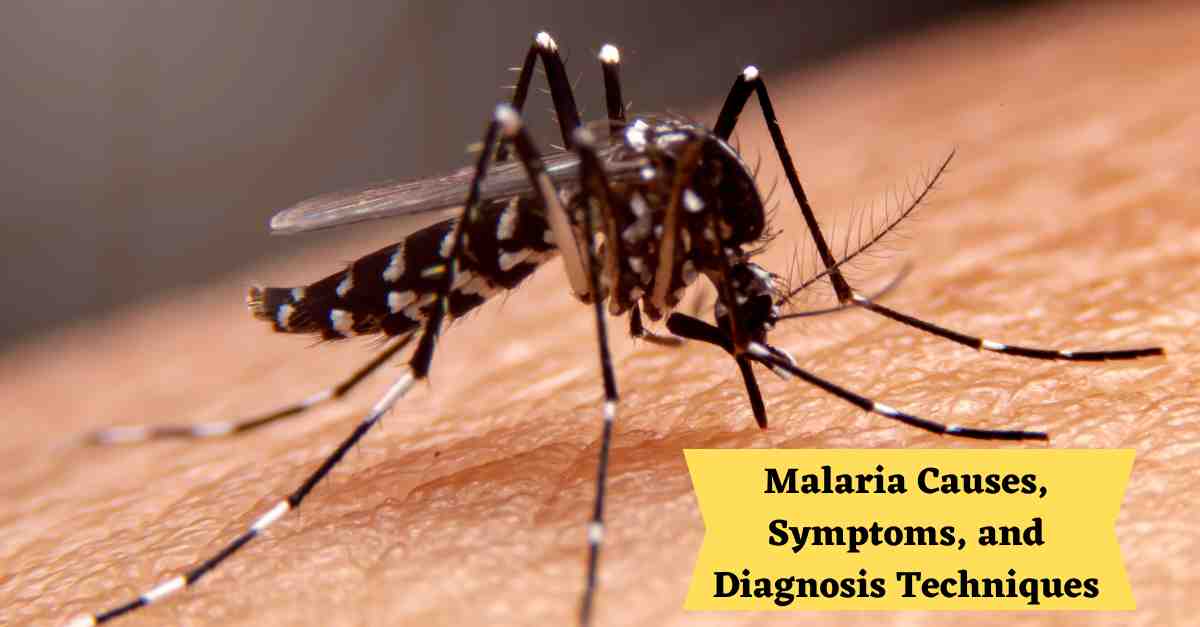






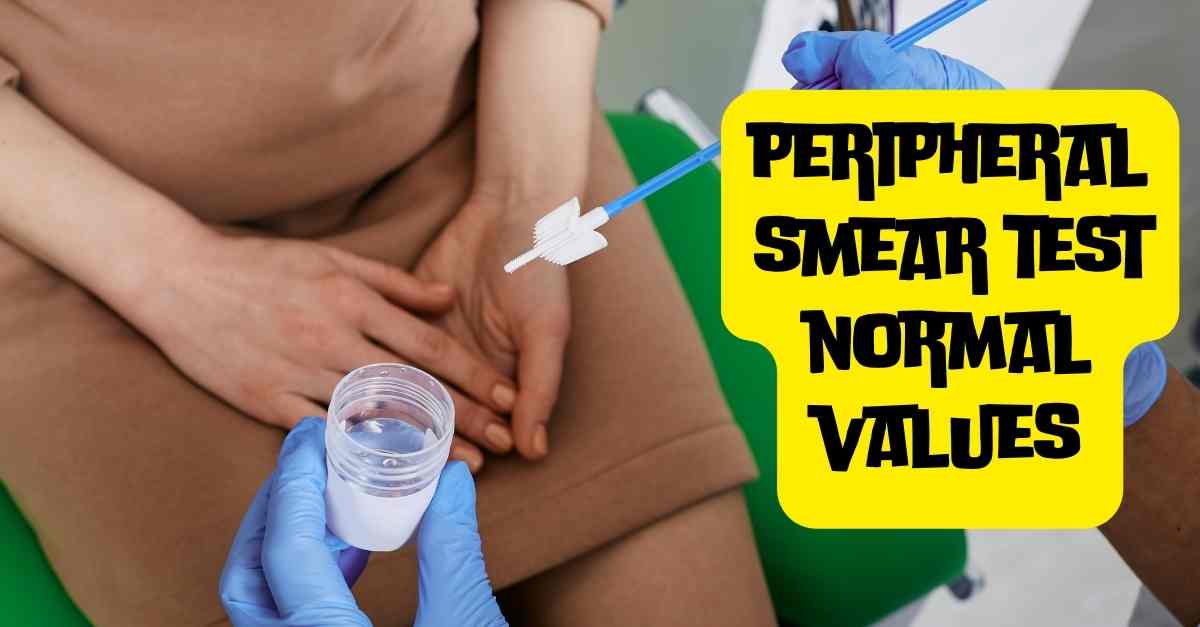
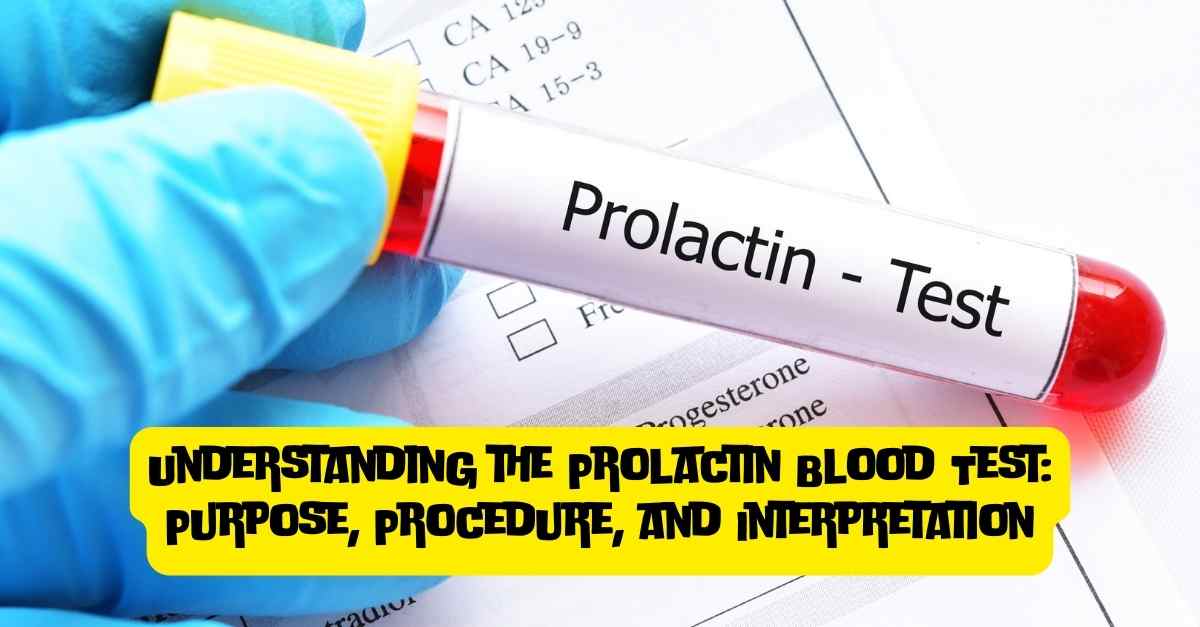
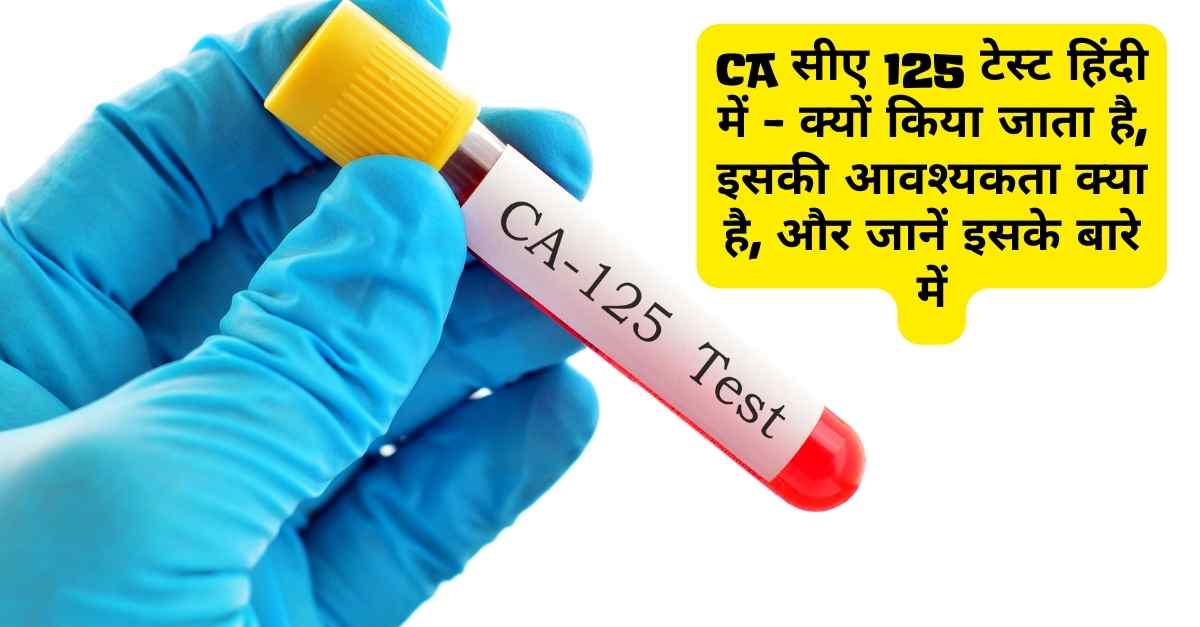
 Test.jpg)
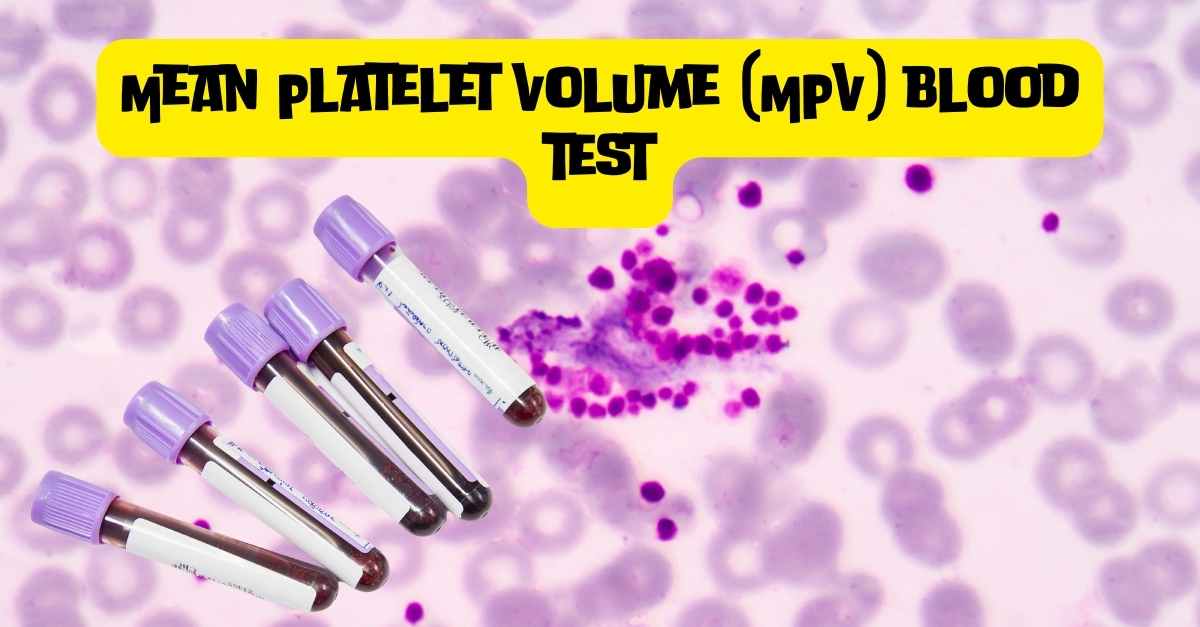

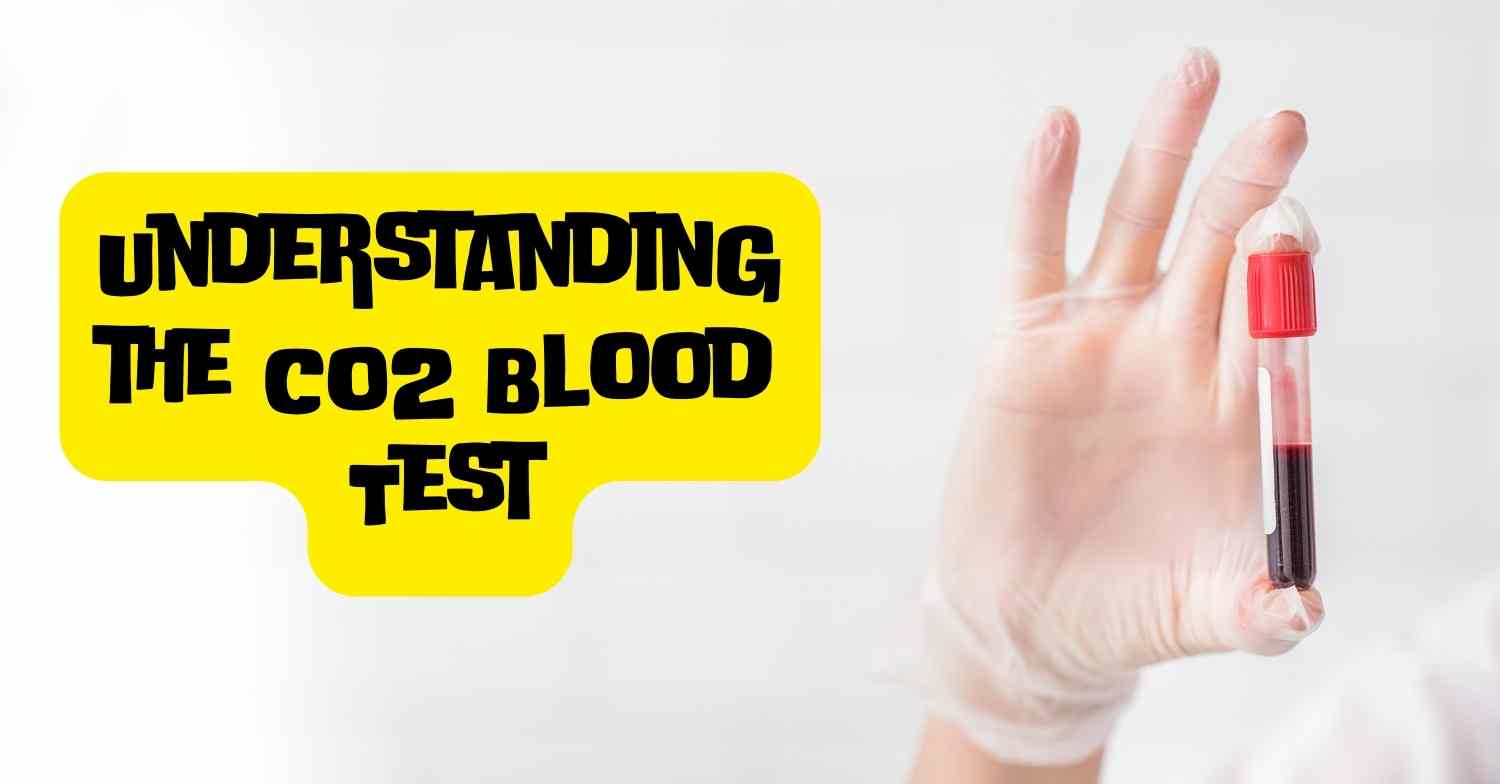
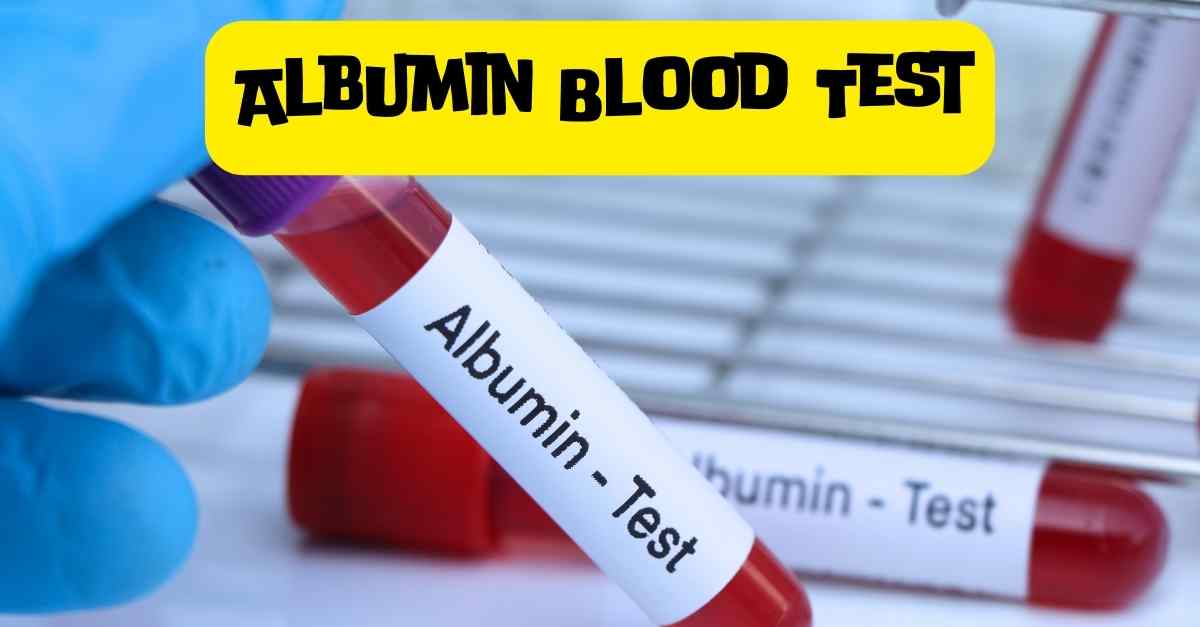

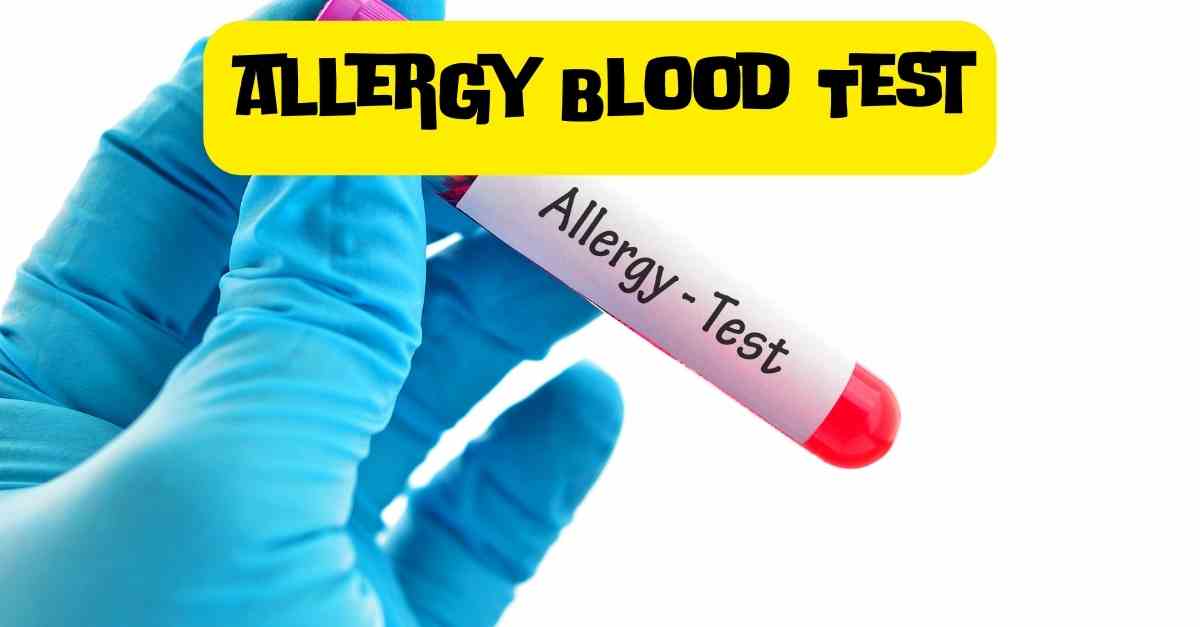
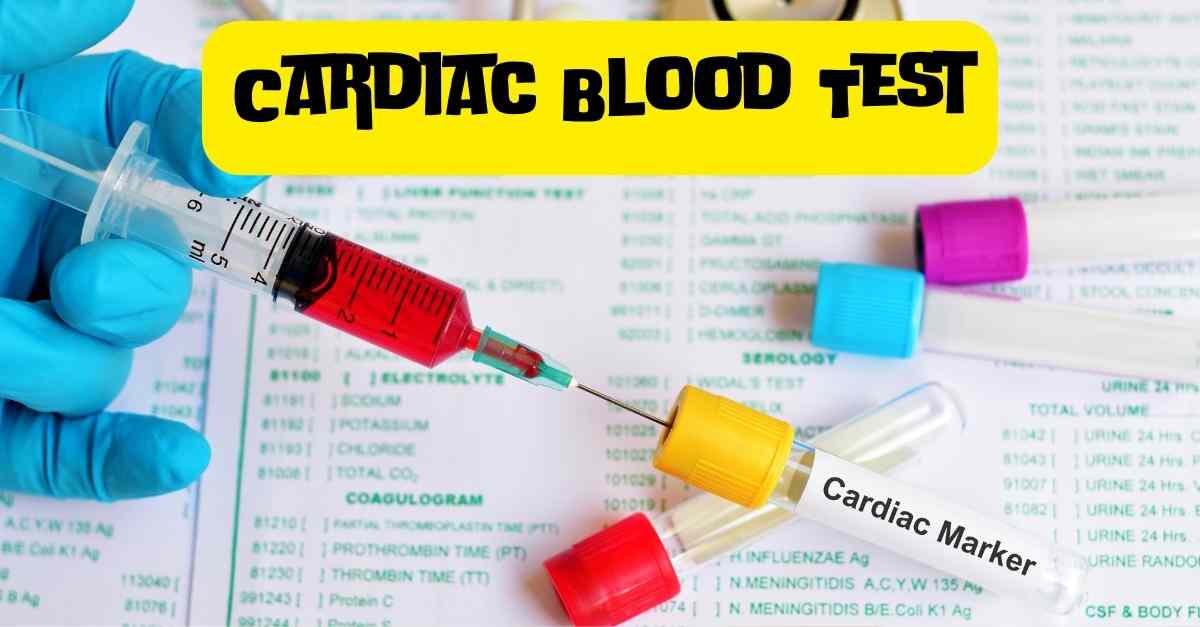
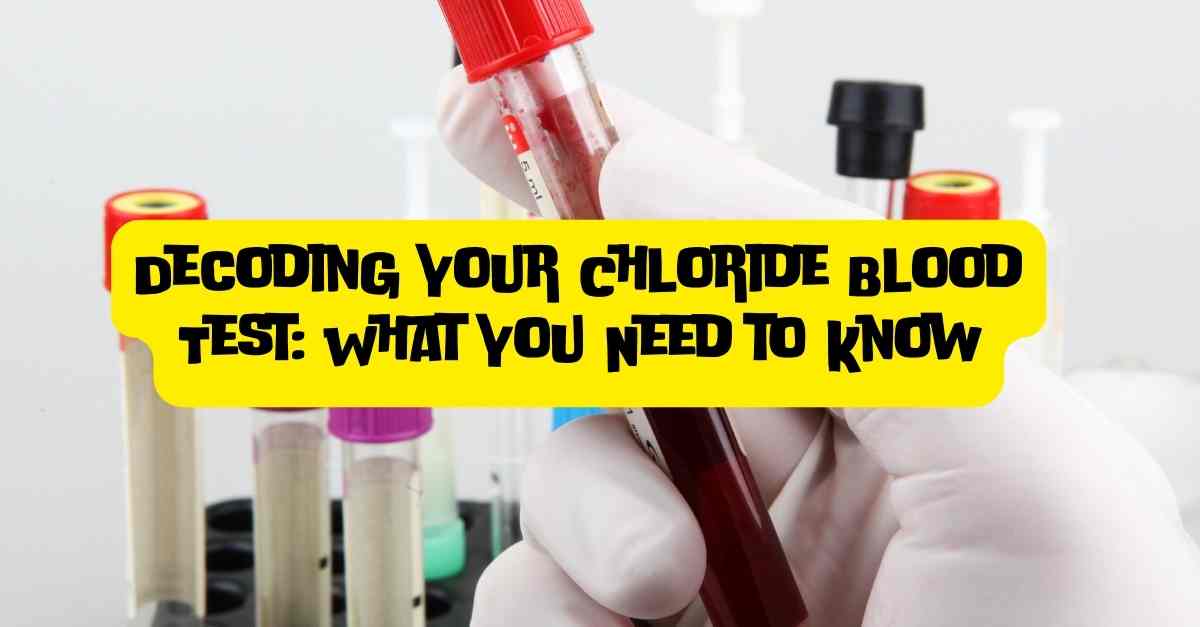
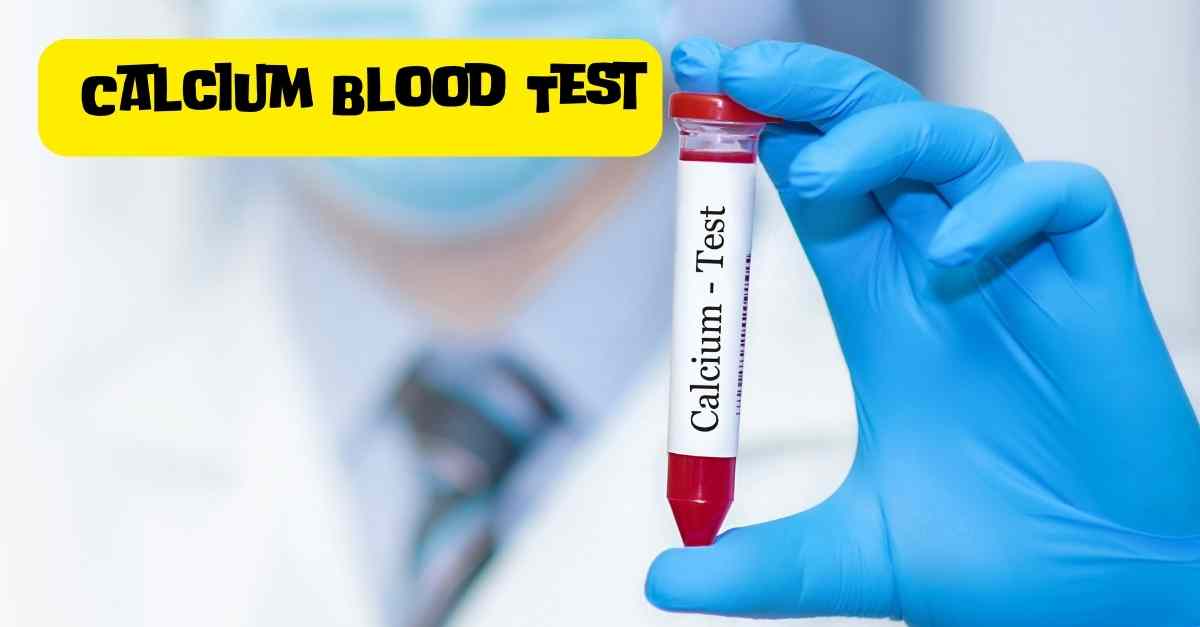
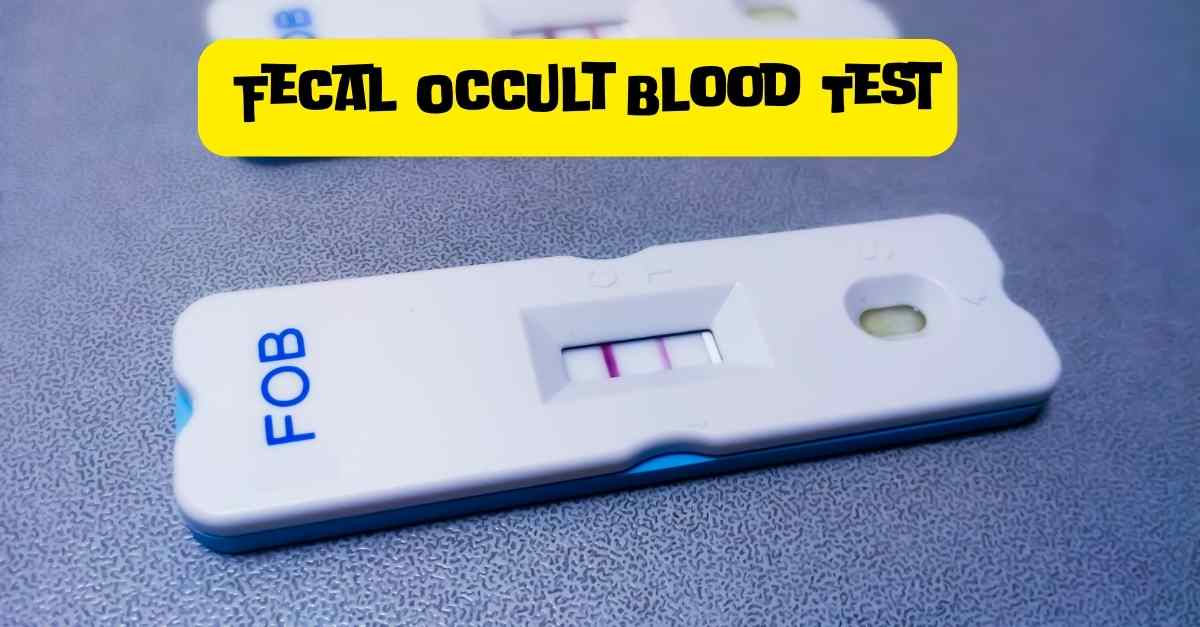
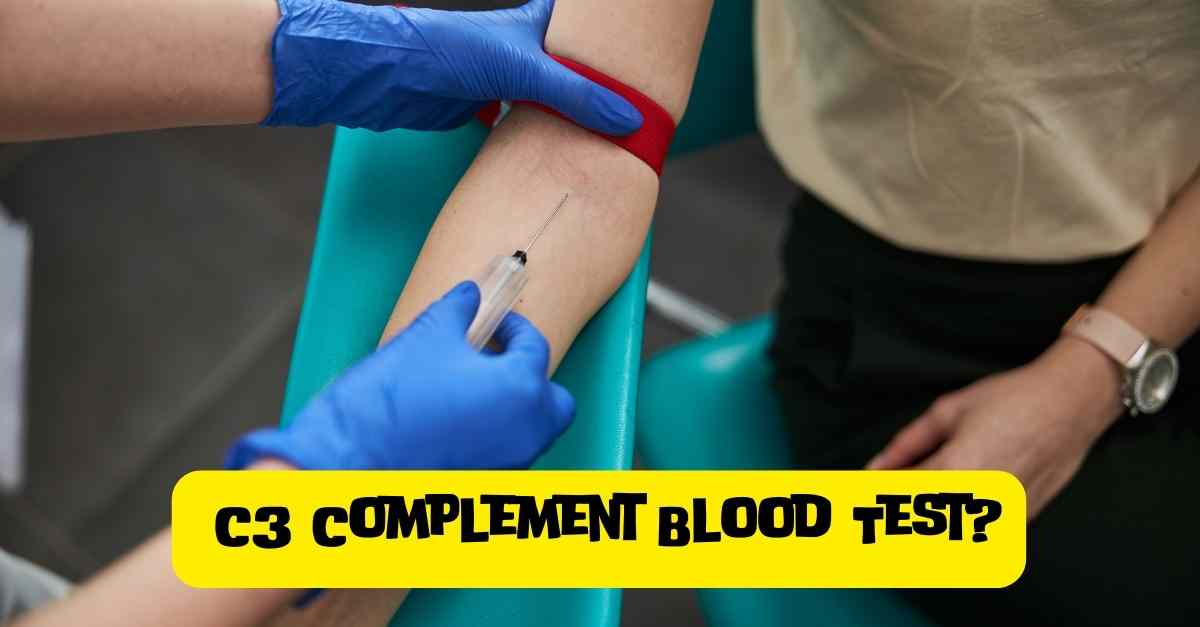
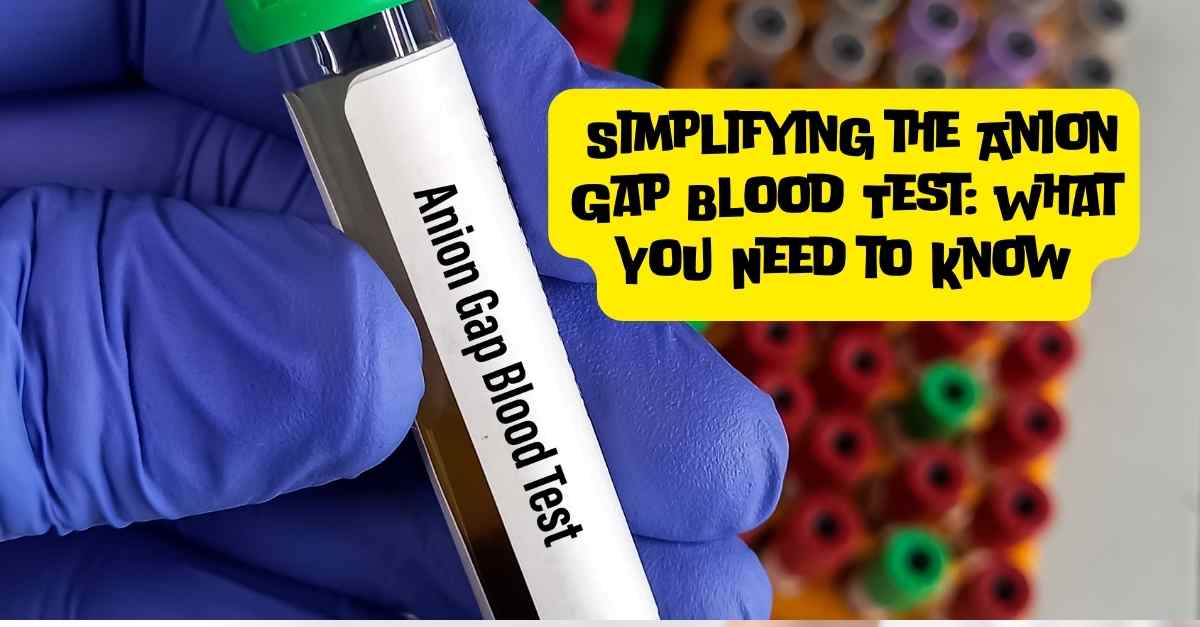
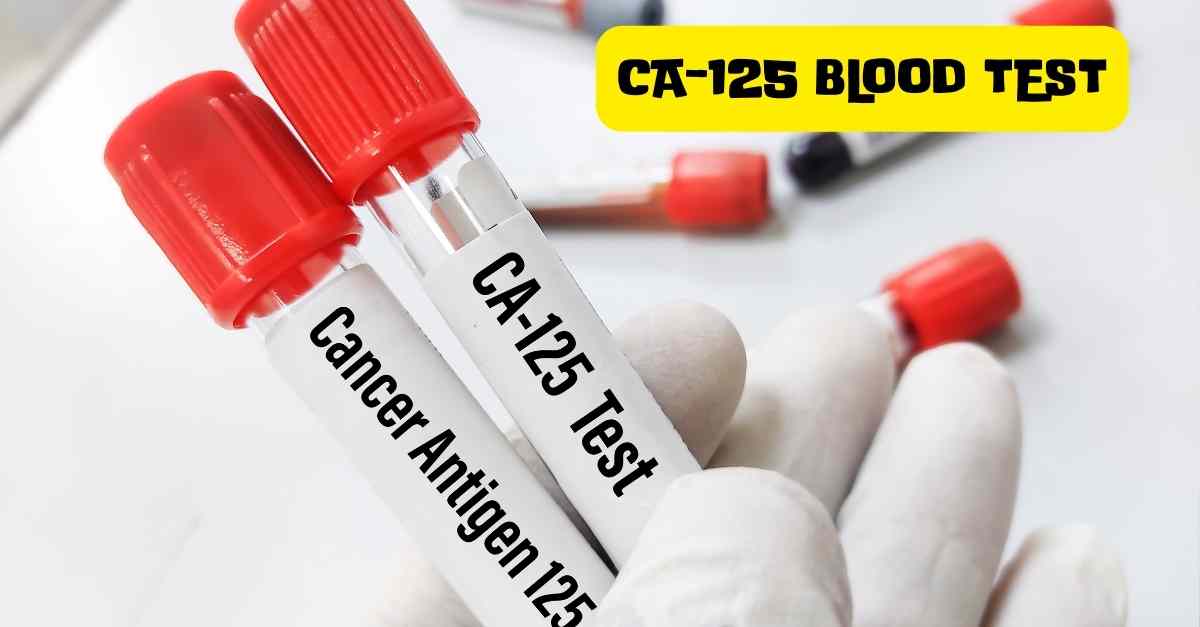





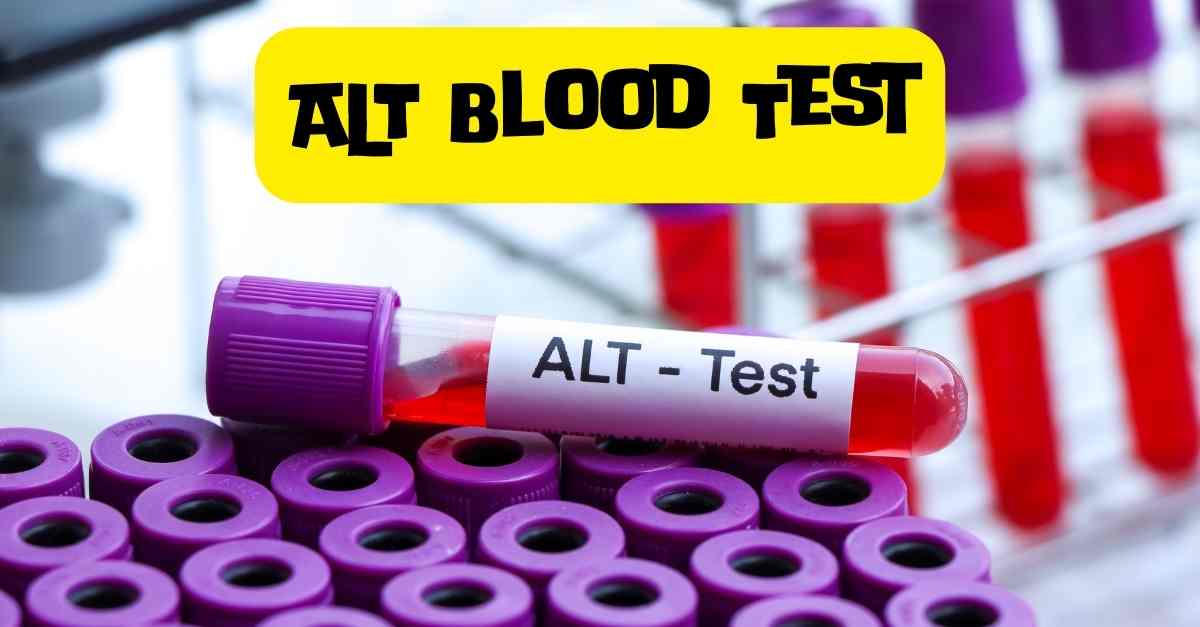
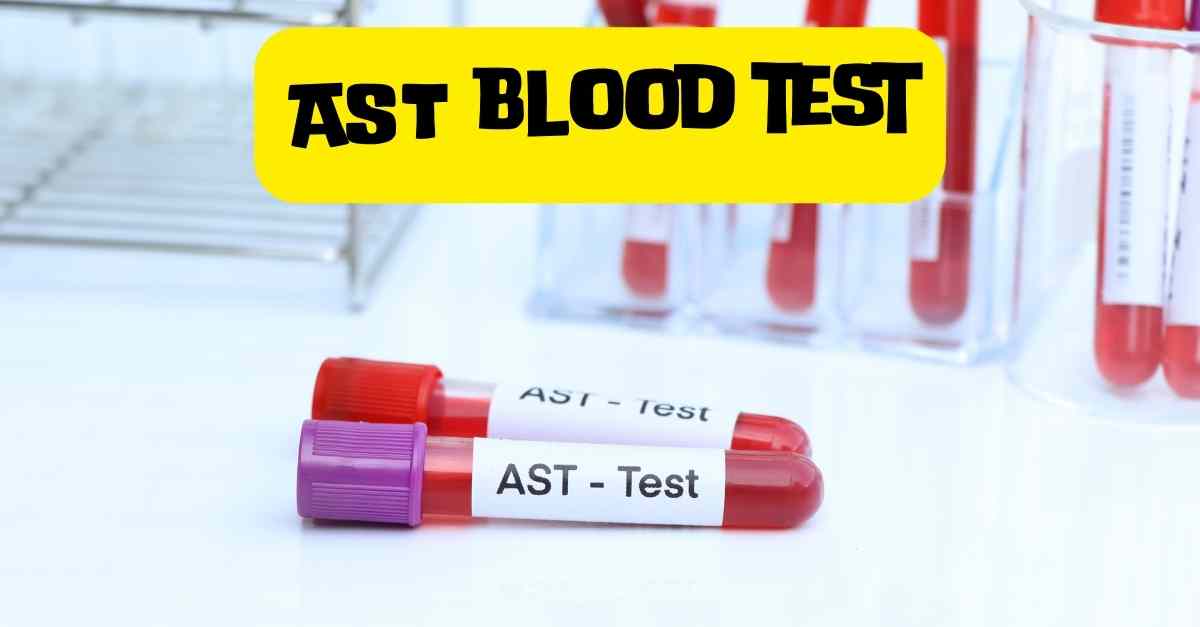
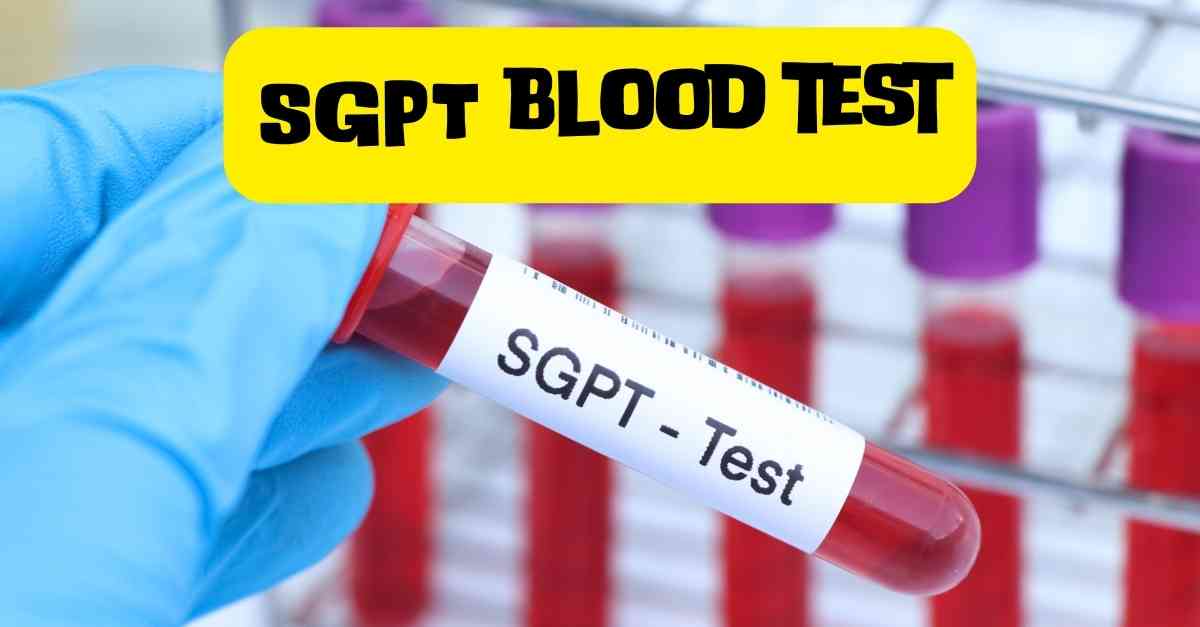
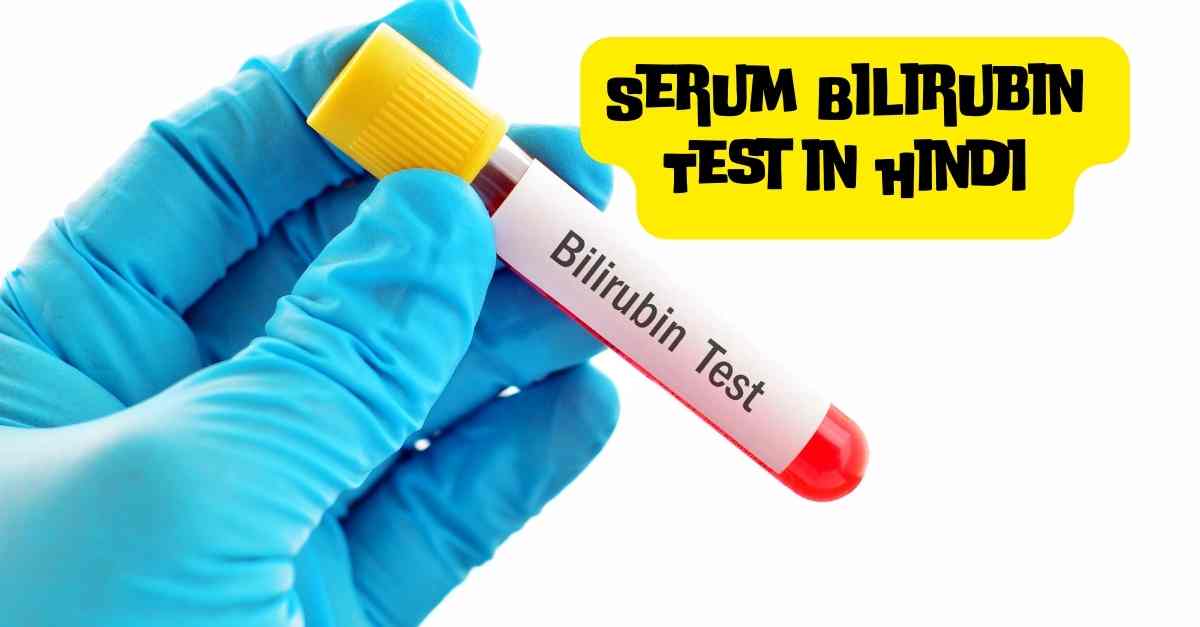
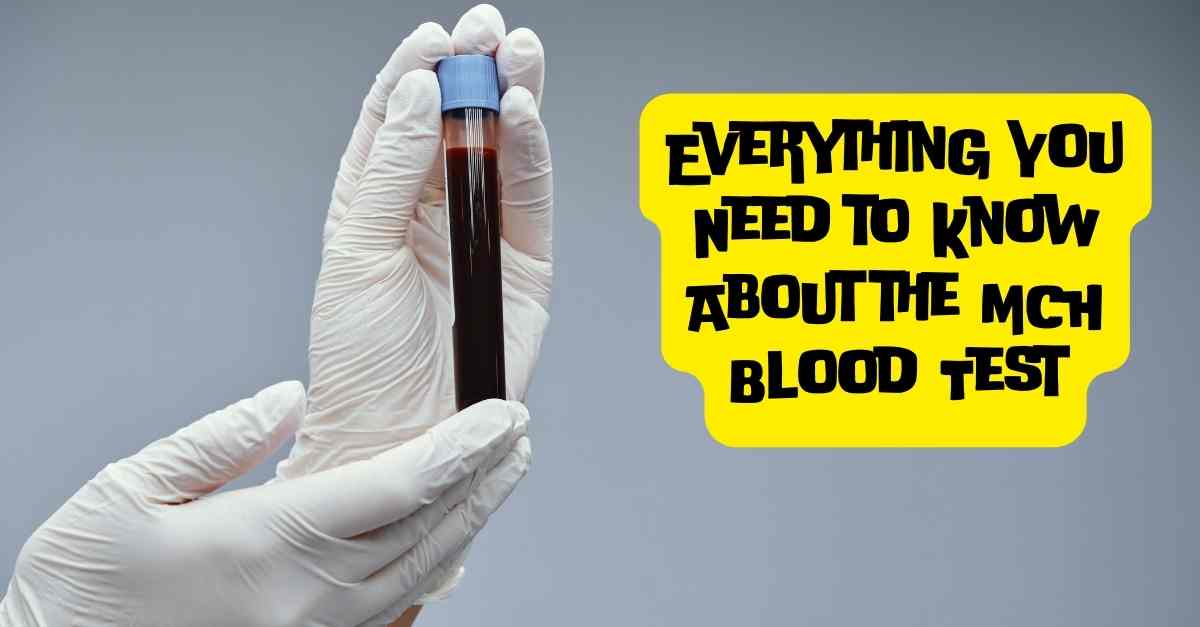



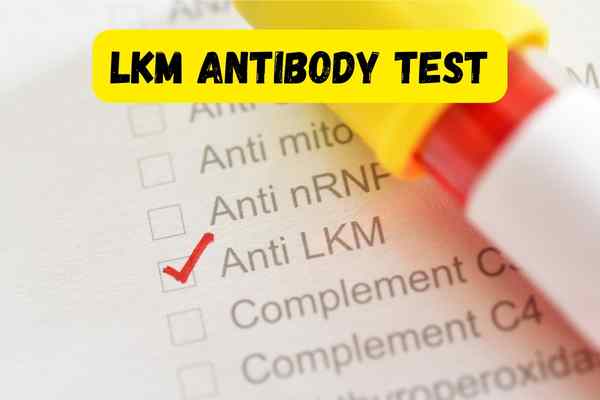
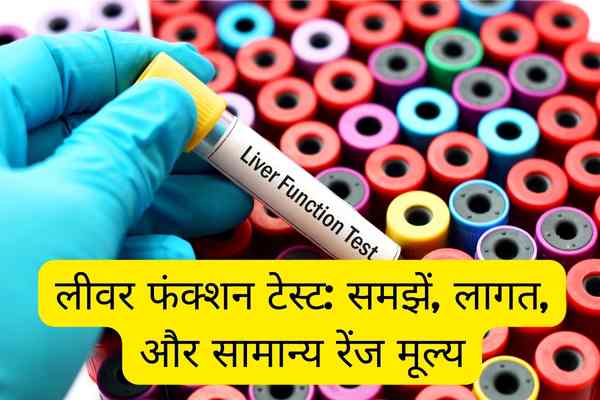
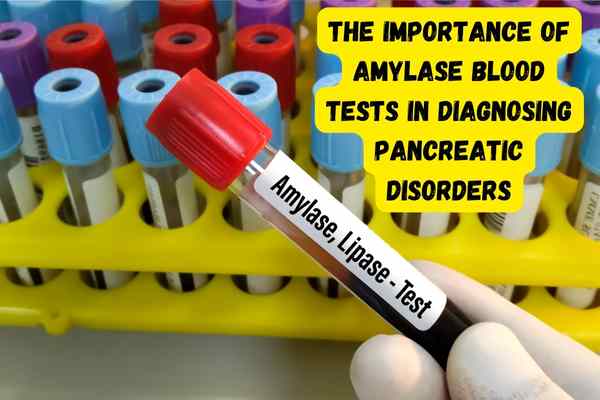
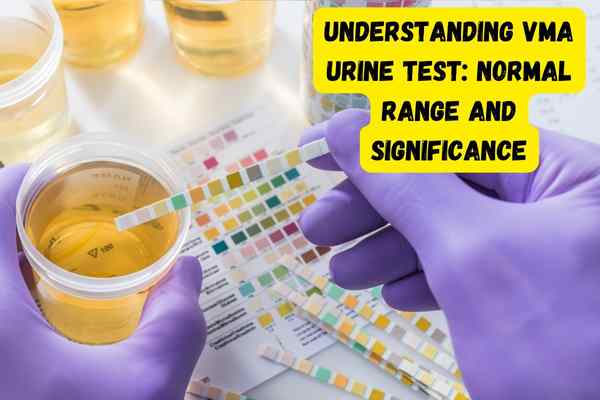
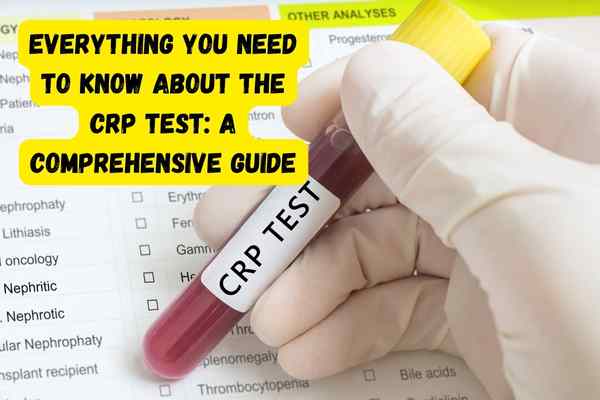
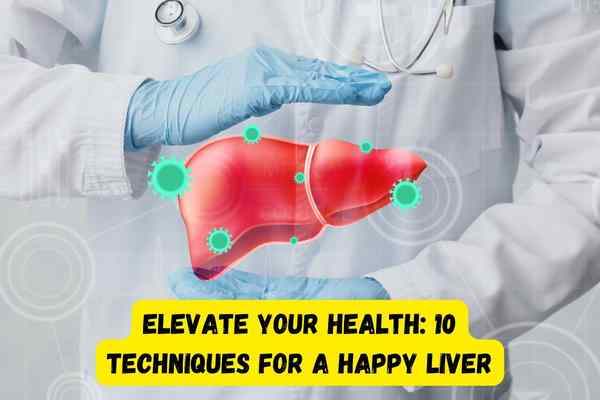
.jpg)
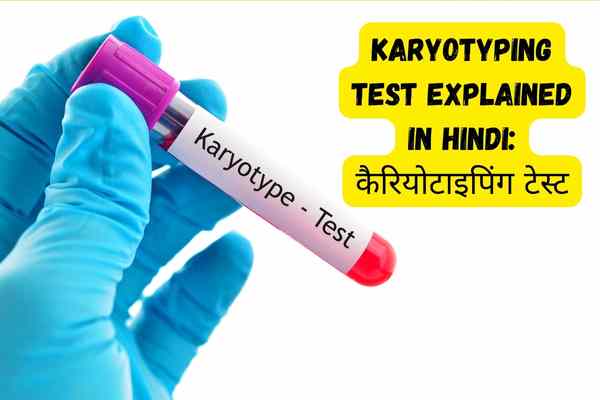
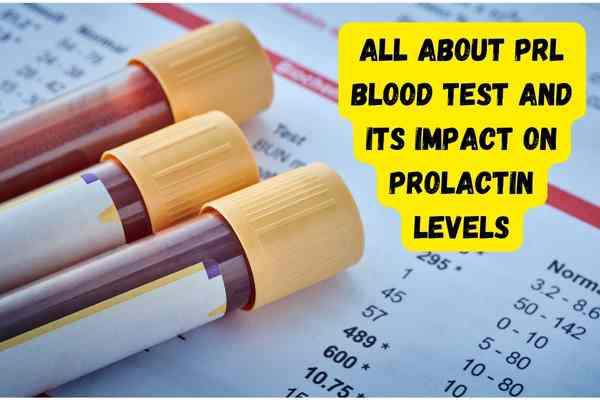
 Tests Demystified.jpg)
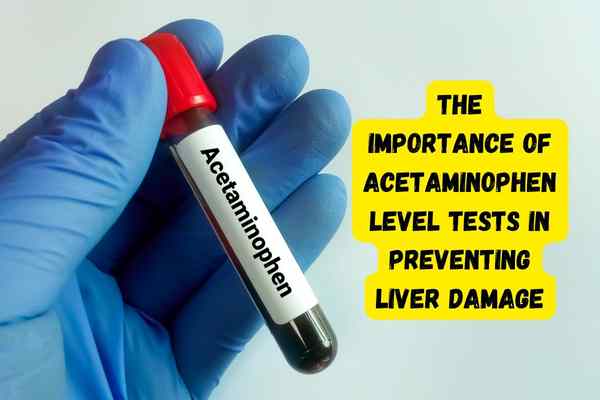
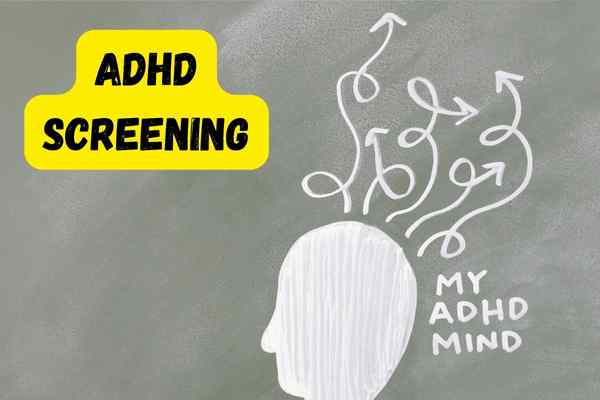
 Test.jpg)
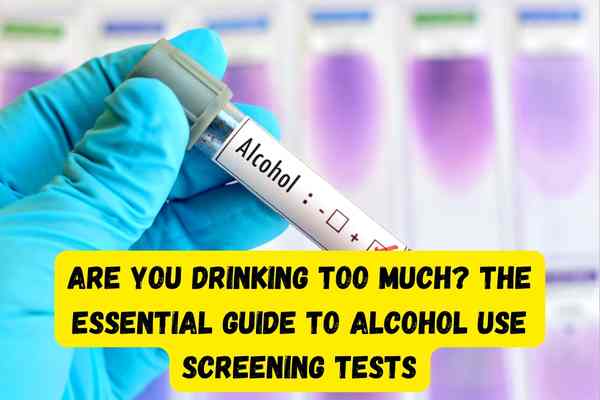

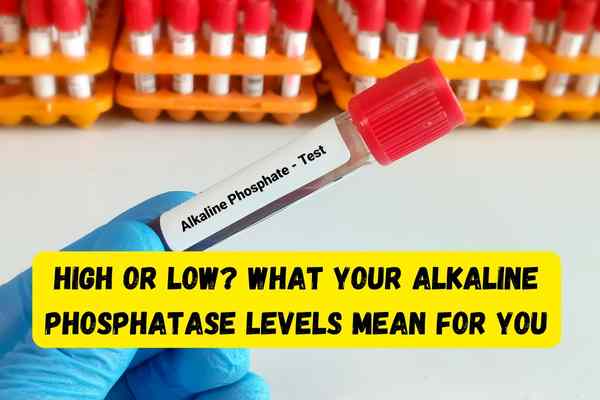
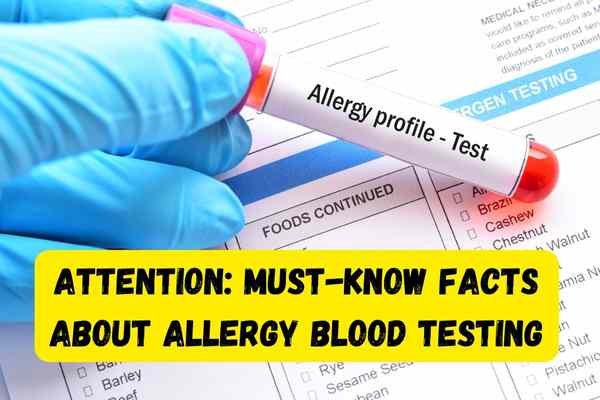

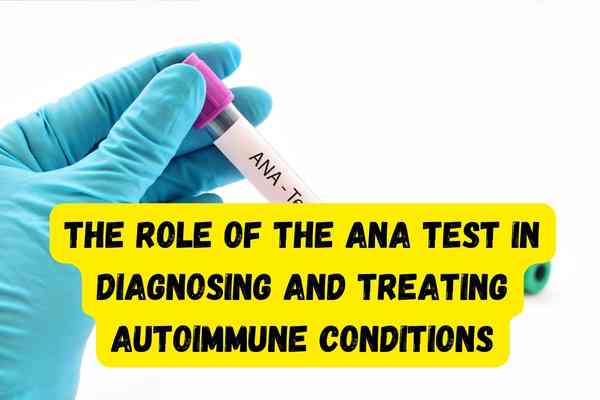
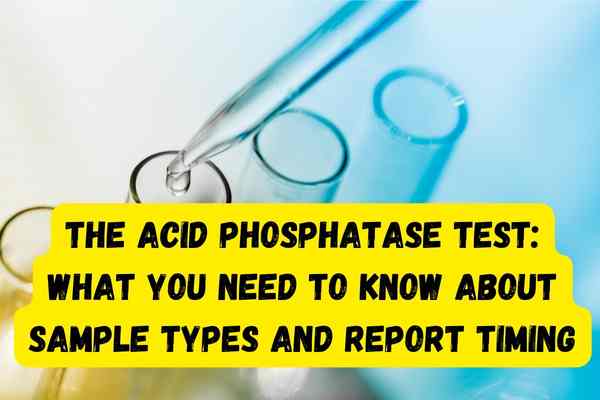
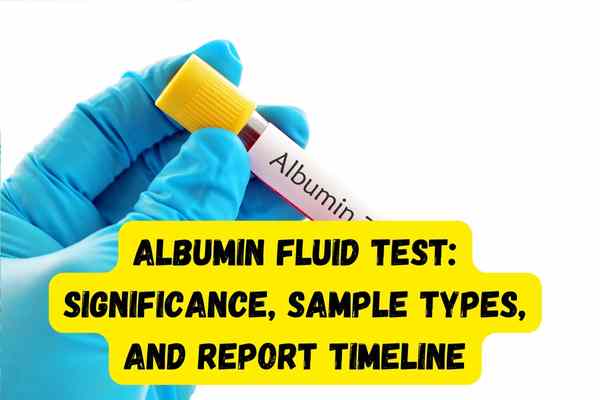
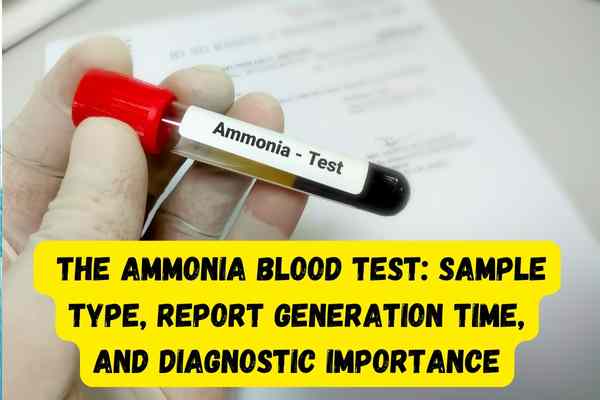
 Its Role, Sample Types, and Report Generation Time.jpg)
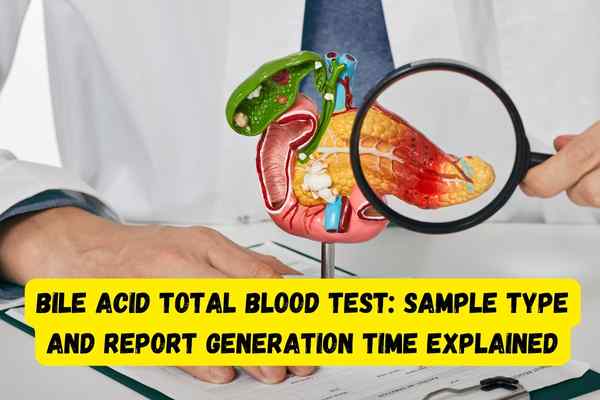
 Levels Explained Fast, Accurate Testing with Blood Samples at Marvel Path Lab.jpg)



 48 मामलो की हुई पुष्टि.jpg)



